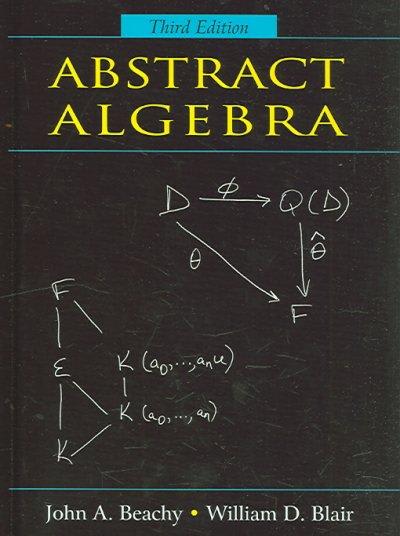1. Black Wheatears, are small birds of Spain and Morocco. Males of the species demonstrate an exaggerated sexual display by carrying many heavy stones to nesting cavities. This 35-gram bird transports, on average, 3.1 kg of stones per nesting season! Different males carry somewhat different sized stones, prompting a study of whether larger stones may be a signal of higher health status. M. Soler et al. calculated the average stone mass (g) carried by each of 21 male black wheaters, along with Tcell response measurements reflecting their immune system' strengths. Analyze the data and write a statistical report (by answering the questions below); treat the Tcell as the response and the stone mass as the explanatory variable. a. You can find the data for this problem on Canvas. (Male Display Data Set.csv). b. Analyze the data providing at least the following: I. A Scatterplot with confidence intervals ofthe regression line and prediction intervals of the regression line. Please do in SAS and R! ii. A table showing the tstatistics and pvalues for the significance of the regression parameters: [go/\"31 . Please do in SAS and R! iii. Using the data in ii show all 6 steps ofeach hypothesis test. iv. The regression equation. v. Interpretation of the slope and intercept in the model (regression equation.) vi. Find and interpret the 95% confidence interval for the mean t-cell response conditional on a stone mass of 4.5 grams. Please do in SAS and R! vii. Find and interpret the 95% prediction interval for the predicted tcell response given a stone mass of4.5 grams. Please do in SAS and R! viii. Using the graphical method, find and interpret the calibration intervals for the t cell response of 0.3. (Both for mean t-cell response and for a single t-cell response. Please do in SAS and R! (R: package investr) ix. Find the same calibration intervals analytically using the SE equations given in class and in the book (Version 3 page 194). x. A scatterplot of residuals. Please do in SAS and R! xi. A histogram of residuals with normal distribution superimposed. (from SAS). 2. Using the data in problem 2: Calculate by hand (using excel) the following: (An example of this was in the PowerPoints and in the videos below.) a. b. (30A 81 The tstatics and pvalue for each. 99% Confidence Interval Calculations for X = {3,4,5,6,7,8,9} grams. 99% Prediction Interval Calculations for X = [3,4,5,6,7,8,9} grams. Y:0.3 Calibration Interval Calculations for and for Y = 0.3 mm. i. Graphical Method ii. Analytical Method Provide Plots for the Confidence Intervals and Prediction Intervals (From Excel fully labeled!) an example is shown for the Movie data on Canvas as well as in the two videos below







